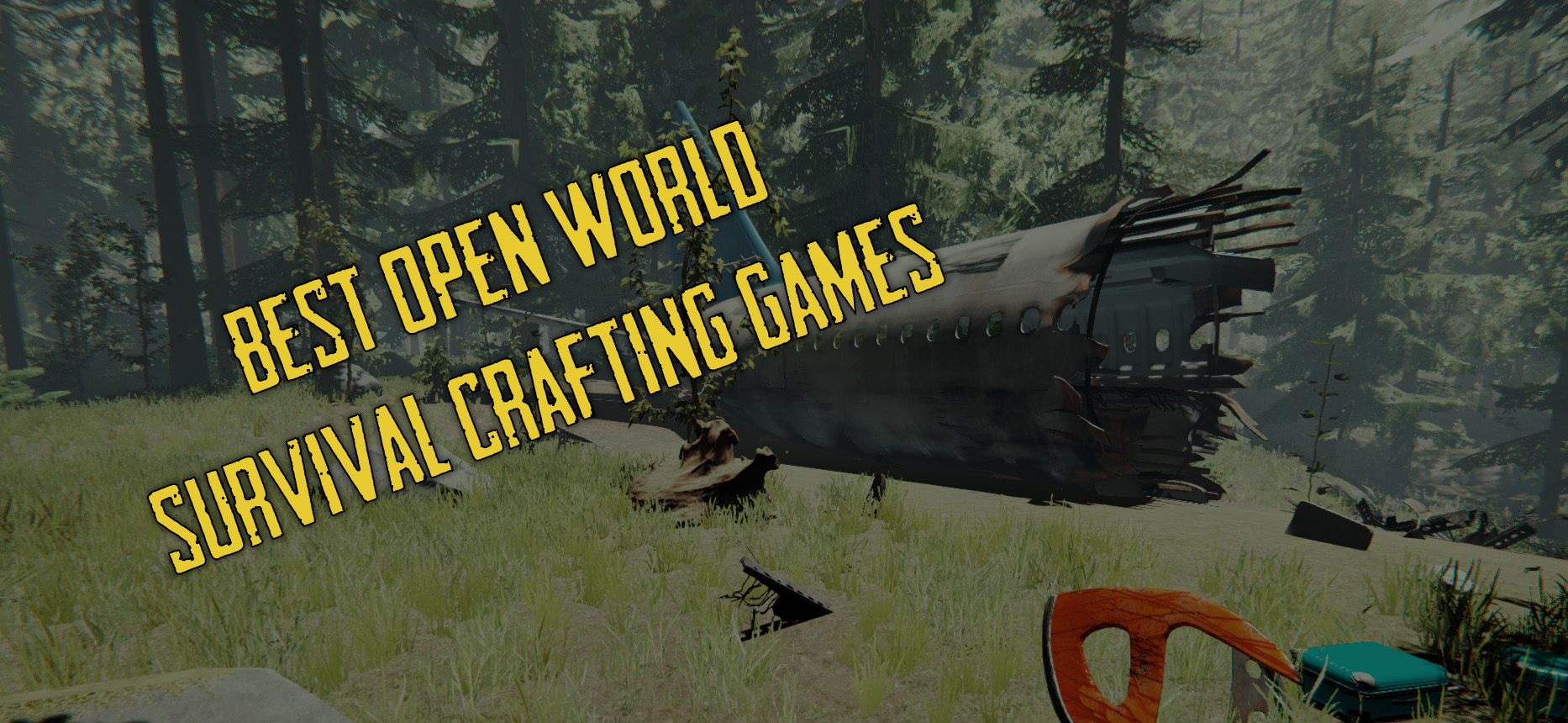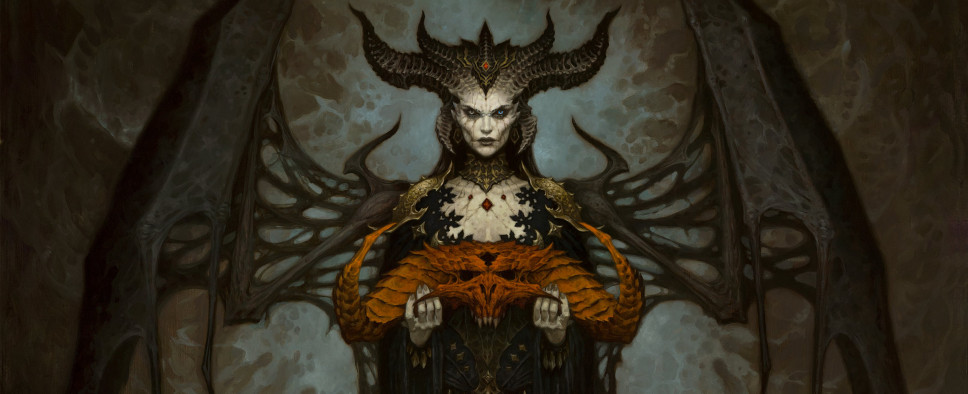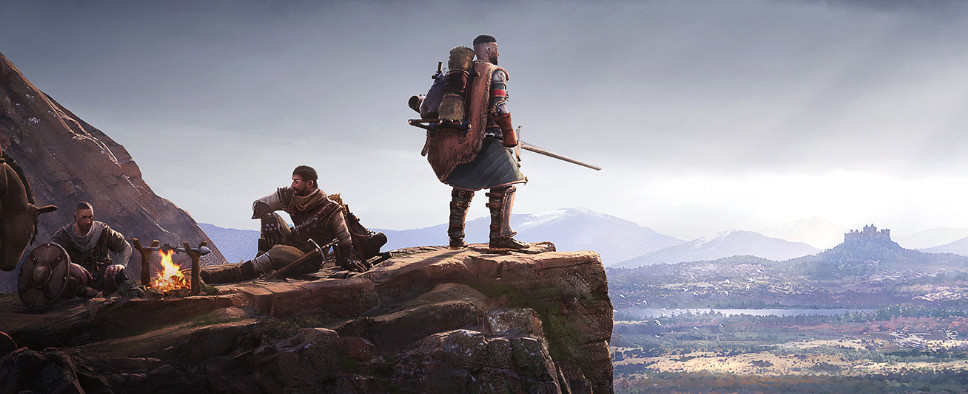Sean Reynolds has been involved with many role-playing games over the years, including the tabletop versions of Dungeons & Dragons and Marvel Super Heroes while at Wizards of the Coast, and now computer and console RPGs with Interplay/Black Isle. Since the designer was involved with the development of both “Jefferson” and “Van Buren” (believed to be Baldur’s Gate III and Fallout 3, respectively) and has quite a track record writing Dungeons & Dragons manuals, we felt he was the perfect candidate for an interview here on GameBanshee. Our questions and his answers to follow:
GB: For those visitors who are unfamiliar with your work, can you give us a brief history of what projects you have worked on over the years?
Sean: I guess I’m best known for my work on the pen & paper books for Greyhawk and Forgotten Realms, in particular the Living Greyhawk Gazetteer, Forgotten Realms Campaign Setting, and Magic of Faerûn. I also did some work for core/generic D&D, such as Savage Species, and parts of the 3E Monster Manual. Since I left WotC I’ve been working for Malhavoc Press (Monte Cook’s publishing company) working full-time in the CRPG field for Interplay.
GB: What lead to your decision to move from pen & paper RPGs to the computer game industry? Have you been happy with the move so far?
Sean: I was laid off from WotC in March 2002 under amiable circumstances … my girlfriend and I were already planning to move to southern California (where I grew up), and around the time of the layoffs I got an email from JE Sawyer of Black Isle asking me if I’d be interested in working for Black Isle. The idea of having a job waiting for me when I arrived was nice, so I applied, interviewed, and got the job. It was really a series of nice coincidences (they were looking for someone who knew about 3E D&D and the Forgotten Realms, and I had worked on the core books for both).
Life has been strange at Interplay, with my first two projects canceled and several sets of layoffs, and I used to have a 2-hour commute by train. I’ve had the opportunity to work with some really great people and learn a lot about the computer game industry. Overall, I’m happy with the change.
GB: What is your opinion of the changes that have been made to the Dungeons & Dragons ruleset over the years, from the original D&D and AD&D to the D&D 3.5 rules? Are there any particular changes you felt were badly needed or weren’t needed at all?
Sean: I think since the invention of D&D there’s been a trend in expanding what you can do with your character and your campaign. 3E gives you the most options in terms of races (even letting you play monsters as a balanced option), classes (free multiclassing, any race playing any class), and magic (the invention of the no-memorize sorcerer class).
I’m completely happy with the changes between 2nd edition AD&D and 3rd edition D&D. I have no interest in ever playing AD&D again. I have a few lingering issues with some of the recent 3.5 changes, but I still think 3E is the best D&D we’ve had so far.
GB: With the many different cultures, characters, geographical locations, and vast history surrounding the Greyhawk and Forgotten Realms campaign settings, was it difficult to work on projects set in either location? Were you required to be knowledgeable of all source materials before starting any work?
Sean: Fortunately, both FR and the WoG have a large fan base, and I was able to draw on them to point me in the right direction when I needed to do research. This allowed me to focus on relevant books and work on the others later … a real lifesaver when you consider that we’re talking 25 years of products for Greyhawk and about a zillion sourcebooks and novels for the Realms.
GB: What were your responsibilities while working on the Marvel Super Heroes role-playing game? Did such a job require that you be very familiar with comic book heroes in general?
Sean: Wow, most people don’t even know I was working on that game! I only worked on one book for WotC’s Marvel Super Heroes Adventure Game, but it was a really neat idea … the Green Goblin’s Guide to Crime. It was written entirely in-character, presumably by the Green Goblin himself, as a list of suggestions for would-be super-criminals (such as “Gold is heavy … if you can’t fly at supersonic speeds or teleport, don’t try to rob Fort Knox because it’s in the middle of nowhere and you’ll get caught”). Unfortunately, the book was canceled when they canceled the whole game, and WotC has sat on the manuscript even though it would be easy to strip out the Marvel names and release it as a generic sourcebook or a web feature.
I used to read comics all the time when I was a teenager, so I was already familiar with the Marvel universe. I even played the old percentile-based Marvel Super Heroes game every week with my friend Jason. I’m guessing that’s why they chose me for that book (there was no start-up time needed for me to get familiar with the universe and the characters).
GB: If you were creating a pen & paper RPG from scratch, what type of background and setting would you choose? How about a CRPG from scratch?
Sean: Tough questions; it really depends on my mood and what has influenced me in the previous few months. I’ve always had a thing for short-term themed campaigns, whether an angelic-themed In Nomine game, its demon-themed sequel, a Strikeforce Morituri superheroes game using Alternity’s FX system, my current mythic-Greece New Argonauts campaign, or the Musketeers game I plan on running next. Same goes for a CRPG. I generally prefer fantasy over SF, and fantasy with a twist is even better.
GB: What were your responsibilities during the development of Fallout 3 (“Van Buren”) and Baldur’s Gate III (“Jefferson”)? Can you give us a brief background of what each game was going to be about?
Sean: Well, Interplay hasn’t officially confirmed what each of those code-named games was, so I’ll just refer to them by the aliases….
For Jefferson I was assigned some of the game areas or (for the larger areas) pieces of areas. I was responsible for populating those areas with creatures and NPCs, writing their dialogues, and describing their general behavior (the exact details were handled by the scripters). I was nominally in charge of one of the factions/regional groups, so I created a style guide for their attitudes, accent quirks, and manners of speech, which the other designers used when their areas called for a representative of that faction. The crux of the story is that your character ends up in the wrong place at the wrong time, becomes associated with a supernatural creature, and because of that association everyone else in the game suspects you of treachery, wants to kill you, or wants to recruit you to their cause, all of which tie to the activities of a determined female criminal.
For Van Buren I started out as a designer but after a time JE Sawyer (who was lead designer) wanted to focus more on the technical design aspects and offered me the story lead position. My duties as story lead were to keep track of continuity not only with the game’s story but within the game universe, to revise the story as we added or subtracted areas, and work in overall story changes as we clarified and expanded each of the game areas. The story puts the PC in the role of an escaped prisoner, locked up for an unknown reason and freed by an attack by an unknown military force. The prisoner wanders from community to community trying to survive and figure out what has happened in the past few years as well as the identity of the people who freed him, and why.
Both games would have been really fun; it’s too bad Interplay had us stop working on them.
GB: In your opinion, how close to a finished project were either of the previous titles before the decision was made to discontinue development?
Sean: Jefferson had around 6 months of development left (we planned to release it for the holidays that year, though it probably would require some significant crunch time as the deadline approached). Van Buren was supposed to come out for the holidays this year, so we were close to year’s worth of development away.
GB: Were you surprised at Interplay’s decision to lay off a vast majority of Black Isle Studios? Or did you foresee such a decision?
Sean: I was completely surprised; after the earlier batch of layoffs (which targeted most of Digital Mayhem, I believe) I thought they were done and we were ready to move forward, finish Van Buren, and start making some money again.
GB: What is the atmosphere like around Black Isle Studios with many of the original employees now gone? What sort of projects has BIS been working on over the last couple of months?
Sean: We now have a lot more space and everyone on my side of the building is actually in a proper office rather than a cubicle, so people like that. It does make the place weird and kind of empty, though. They dismantled a bunch of the old cubicles and took the ping-pong table out of storage, so I’m constantly buffeted by ping-pong noise as various employees work their way up and down the ladder. It’s keeping them happy, or happier, at least.
I don’t know what official word Interplay has given about its current in-production titles, so I’ll just say that we have two games in production, and I’m the lead designer on a fantasy console game.
GB: Where do you see both the pen & paper and computer industry going with RPGs in the next 3 years? 10 years?
Sean: Certainly there’s more money in the CRPG industry than the PNP industry; your average CPRG sells 10x as many as a PNP RPG. Of course, the up-front costs and development times are more and longer for CRPGs. PNP has a history of losing its people to the software industry, and that’ll probably continue.
PNP will probably see 4th edition D&D within the next 5 years. If they change it too much from 3.0 or 3.5 they may alienate a lot of players. Other game companies might be able to move in with their own OGL systems, or just support the existing 3.0/3.5 fanbase. Maybe we’ll see another turn away against rulesy systems and something like the Storyteller system will jump in popularity.
In terms of CRPG technology, who knows? I’m still impressed with what the Xbox can do compared to my Genesis, 3DO, or N64 … the next-generation platforms and the future advances in PC technology are going to make the near-realistic games we do today a piece of cake to do (in terms of visuals). Since the memory and processor pipeline for art is usually a significant limiting factor in game design, maybe that’ll mean the designers and programmers will have more leeway in terms of what they can do. It would be awesome to have a game where you could really go anywhere and have interesting quests everywhere you went (instead of “dig for this,” “bring me a critter,” and “kill this guy” quests”) … multilevel quests that have different effects depending on your race, when you talked to the quest initiator, when you finish the quest, and so on.
Ten years, jeeze, it’s really hard to predict that. By then we’ll probably have the next-generation of media storage, which could handle dozens of hours of streaming video. Probably some sort of inexpensive goggle-based monitors so you could have a VR environment; that coupled with the mega-storage would let you really jump into the game world. Intelligent context-sensitive voice recognition, so you could just talk to NPCs? That would revolutionize dialogue design and scripting, if we could generate smart AI.
Thanks for your time, Sean!




